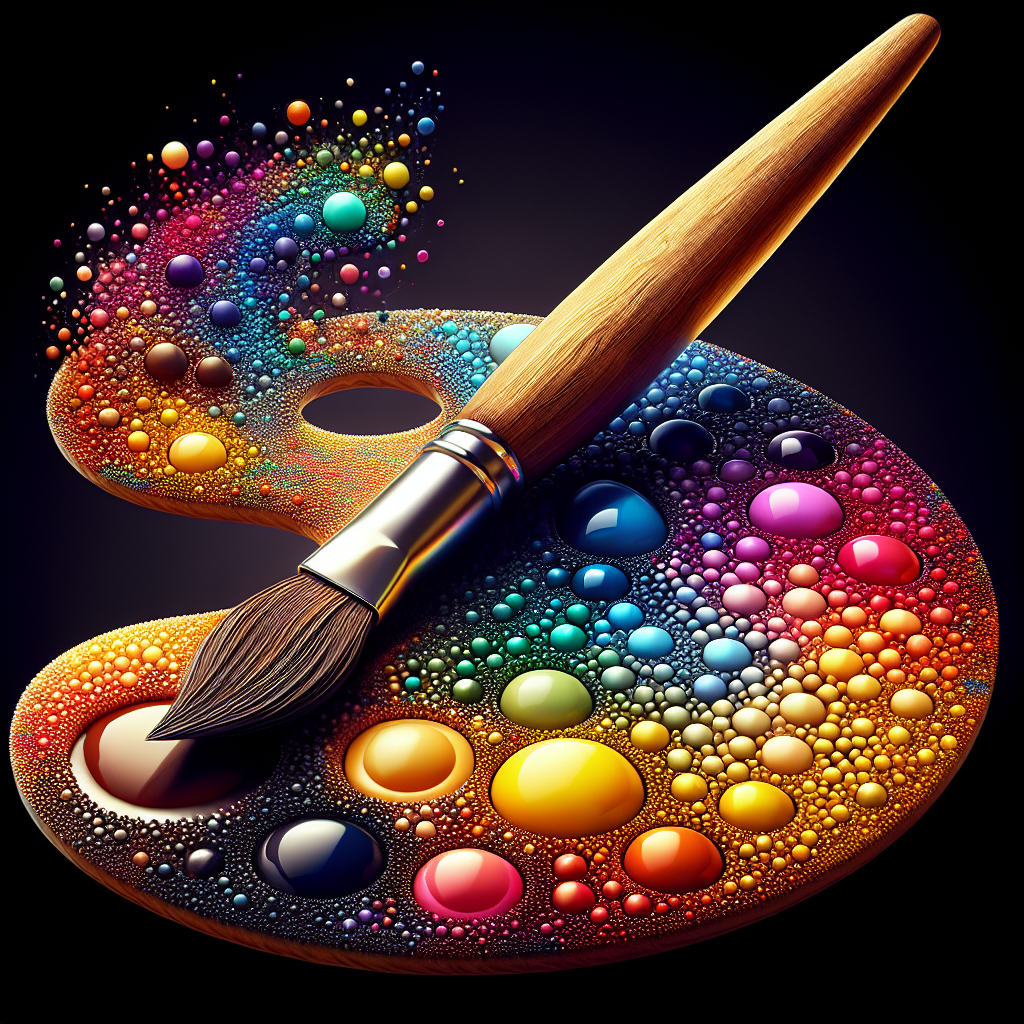Are you passionate about art and culture? Do you have a desire to invest your hard-earned money in a way that not only brings potential financial returns but also supports the arts and cultural sectors? If so, you’re in the right place. In this article, we will explore different ways in which you can invest in the arts and cultural sectors, opening up opportunities for both profit and the promotion of creative endeavors. So, whether you’re an art enthusiast or simply intrigued by the potential returns, this article is here to guide you on your exciting investment journey. Investing in the arts and cultural sectors can not only be a fulfilling way to support creativity and expression but can also offer potential returns on your investment. By exploring the various investment opportunities in these sectors, understanding art market trends, and mitigating associated risks, you can make informed investment decisions that align with your interests and financial goals.

Investment Opportunities in the Arts and Cultural Sectors
Investment opportunities in the arts and cultural sectors are diverse and encompass a range of creative disciplines. From fine art to music, film, literature, cultural real estate, museums, and galleries, there is a wide array of avenues for investment.
Investing in fine art provides an opportunity to appreciate the beauty and value of artwork while potentially generating significant returns. Methods of investing in fine art include purchasing individual pieces, participating in art funds, or building a curated art collection. Assessing the value of artwork requires knowledge of artists, their historical significance, and market demand.
The music industry offers investment options through supporting emerging artists, music events, and licensing and royalties. By investing in emerging artists, you contribute to their growth and success while potentially benefiting from their rising popularity. Supporting music events allows you to be part of vibrant performances and festivals, gaining exposure to a wider audience.
Film production presents investment opportunities through financing independent films and investing in live performances and events. Financing independent films can be a lucrative investment option, especially if the film gains critical acclaim or achieves commercial success. Investing in live performances and events allows you to be part of the entertainment industry while potentially benefiting from ticket sales and other revenue streams.
Literary arts can also be a rewarding investment area, with options like publishing and book investments, as well as investing in literary festivals and events. Publishing and book investments involve supporting authors and their works, with potential returns coming from book sales and royalties. Literary festivals and events offer opportunities to engage with renowned authors and participate in the celebration of literature.
Cultural real estate encompasses investment opportunities in developing cultural hubs and art centers. Investing in cultural real estate involves creating spaces that foster artistic and cultural activities, attracting both artists and audiences. These investments contribute to the growth of local communities and facilitate the exchange of creative ideas.
Investing in museums and galleries allows you to support the preservation and promotion of art while potentially benefiting from the appreciation in the value of the exhibited artwork. Supporting museums and museums’ initiatives ensures the accessibility of art to a wider audience and promotes cultural education.
Participating in art auctions can be an exciting way to invest in the arts, providing the opportunity to acquire valuable artwork. Additionally, investing in art funds and portfolios allows you to diversify your investment and gain exposure to a range of artworks, managed by professionals with expertise in the field.
Understanding the Art Market
To make informed investment decisions in the arts and cultural sectors, it is crucial to understand the art market. The art market is a complex ecosystem influenced by various factors, including supply and demand, artist reputation, art market trends, and investor sentiment.
Factors influencing art market trends include economic conditions, cultural shifts, and art world developments. A robust economy often correlates with increased art sales, while economic downturns may impact the art market negatively. Cultural shifts, such as changing tastes and preferences, can impact the demand for specific art genres or artists. Developments within the art world, such as major exhibitions or auctions, can also influence market trends and prices.
To navigate the art market effectively, it is essential to utilize art market analysis tools and resources. These tools provide insights into historical price data, artist performance, and market trends, enabling investors to make data-driven investment decisions. Art market analysis resources, such as market reports and art price indices, offer valuable information for understanding market dynamics and identifying potential investment opportunities.

Methods of Investing in Fine Art
Investing in fine art offers various methods to enter the market and potentially profit from appreciating artwork values. One approach is to purchase individual artworks directly from artists, galleries, or art dealers. This allows you to curate your collection and potentially benefit from the rising value of specific artists or genres.
Participating in art funds or art investment platforms is another method of investing in fine art. Art funds pool investors’ money to acquire artworks, managed by professionals with expertise in the art market. This approach provides a diversified portfolio of art investments and can be more accessible for individuals with a lower investment budget.
Building an art collection allows investors to curate a selection of artworks based on personal preferences and investment goals. Collecting art provides a deeper engagement with the art world and can potentially offer higher returns, depending on the quality and popularity of the collection.
Assessing the Value of Artwork
Assessing the value of artwork is crucial when investing in the arts. Several factors contribute to the value of a piece, including the reputation and significance of the artist, the rarity of the artwork, its condition, provenance, and market demand.
Researching artists and their historical significance helps in understanding their contribution to the art world. Artists with established reputations and well-documented careers often have higher-valued artworks. Additionally, artworks that are rare or unique tend to have greater value, as they are less accessible to the market.
The condition of the artwork plays a significant role in valuation, as well-maintained pieces tend to be more valuable. Provenance, or the documented history of ownership, can enhance the value of artworks if they have a compelling backstory or were previously owned by influential individuals.
Market demand influences the value of artwork, with popular artists or art genres often attracting higher prices. Utilizing art market analysis tools and consulting with experts can provide insights into market demand and help assess the potential value of an artwork.

Investment Risks and Mitigation
As with any investment, there are risks associated with investing in the arts and cultural sectors. Understanding these risks and implementing strategies to mitigate them can help protect your investment.
The art market is known for its volatility and illiquidity. Art prices can fluctuate significantly based on market trends, economic conditions, or shifts in investor sentiment. Additionally, artworks are often illiquid assets, meaning they may take time to sell or convert into cash. It is essential to be prepared for potential market fluctuations and consider your investment timeframe.
Insurance and security measures are essential for protecting your art investments. Artwork can be vulnerable to theft, damage, or natural disasters. Adequate insurance coverage and implementing security measures, such as alarms or safe storage, can help mitigate these risks.
Diversification is a key strategy in minimizing investment risks. By diversifying your art investments across different artists, genres, or mediums, you spread the risk and potentially mitigate the impact of any individual artwork’s performance on your overall portfolio.
In conclusion, investing in the arts and cultural sectors can provide not only financial returns but also personal fulfillment and the opportunity to support creativity and cultural development. By exploring the various investment opportunities, understanding market trends, and implementing risk mitigation strategies, you can make informed investment decisions in these vibrant and dynamic sectors. Remember to conduct thorough research, seek expert advice when needed, and align your investments with your interests, values, and financial goals.
